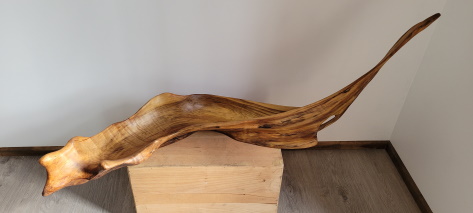METAL CRAFTSMANSHIP
Emilio Patarca (Argentina). Collection of tasters for personal use in pandemic´s time.
Patarca’s interest in metals was born in the workshop of his grandfather, a metal worker. It was in the traditional silversmith’s shops where he perfected his art. Of that time he remembers: «As a young boy, they gave me the most delicate tasks because I could see well; that is what I do now with my pupils». He founded his own goldsmith school eleven years ago after travelling the world with his knowledge. His work has already become part of the collection of local and international museums.
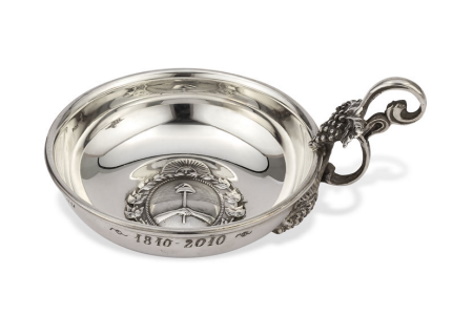
TEXTILE CRAFTS
Olga Reiche (Guatemala). Backstrap loom textile.
«In Guatemala there are twenty-two ethnic groups specialising in textiles. I saw how this ancestral knowledge was in danger. There were – and still are – no institutions to support the crafts. I have been working with the communities ever since.” At the end of the 1980s, he began to research natural dyes until he specialised and later trained the indigenous groups. «One of the greatest achievements was accessing international markets.”
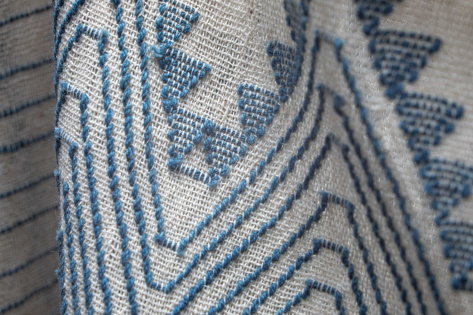
Porfirio Gutiérrez (Mexico). Tapete / Decorative tapestry.
His textiles use the treadle loom technique and are made from natural fibres spun by hand in the community of Teotitlán del Valle in Oaxaca (Mexico). «My father taught me to weave when I was twelve years old. When I noticed that natural dyes were being lost, I began to investigate and experiment with plants as a source of colour and medicine. In my designs I reinterpret traditional graphic elements and incorporate new fibres to achieve a renewed look at Zapotec culture».
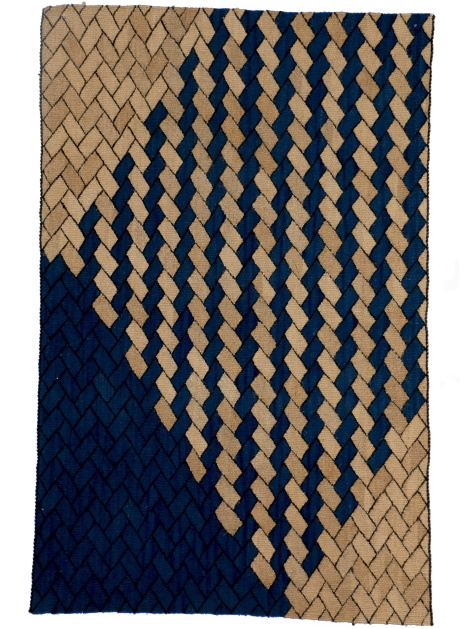
LEATHER CRAFTSMANSHIP
Jerónimo Coll (Argentina). Honourable Mention. Crowns – Creole knife verijero.
This Tandilense is a second generation of sogueros. «He prepares the materials – mainly cow and foal leather – under the old-fashioned way. The tanning is done mechanically by knife, without chemicals. The weaving technique is very rich and complex. Its design and execution demand perfect mathematics. In this case I adapted a guard belonging to the Condorhuasi culture of the Argentine Northwest region».
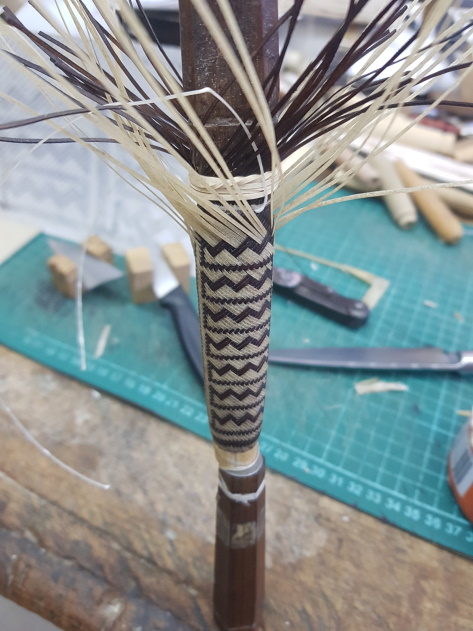
WOOD CRAFTSMANSHIP
Egon Muñoz (Chile). Triwe bowl.
The raw material for his objects are the remains of trees that fell naturally or were felled during the colonisation of Araucanía, more than a century ago. «I find the wood in the rivers, lakes and forests of southern Chile. They have acquired unique colours, shapes and textures because the weathering of so many years and the intervention of micro-organisms and insects have left their mark. I try to preserve these characteristics so that the pieces express their history.” He currently teaches classes in Mapuche communities.
